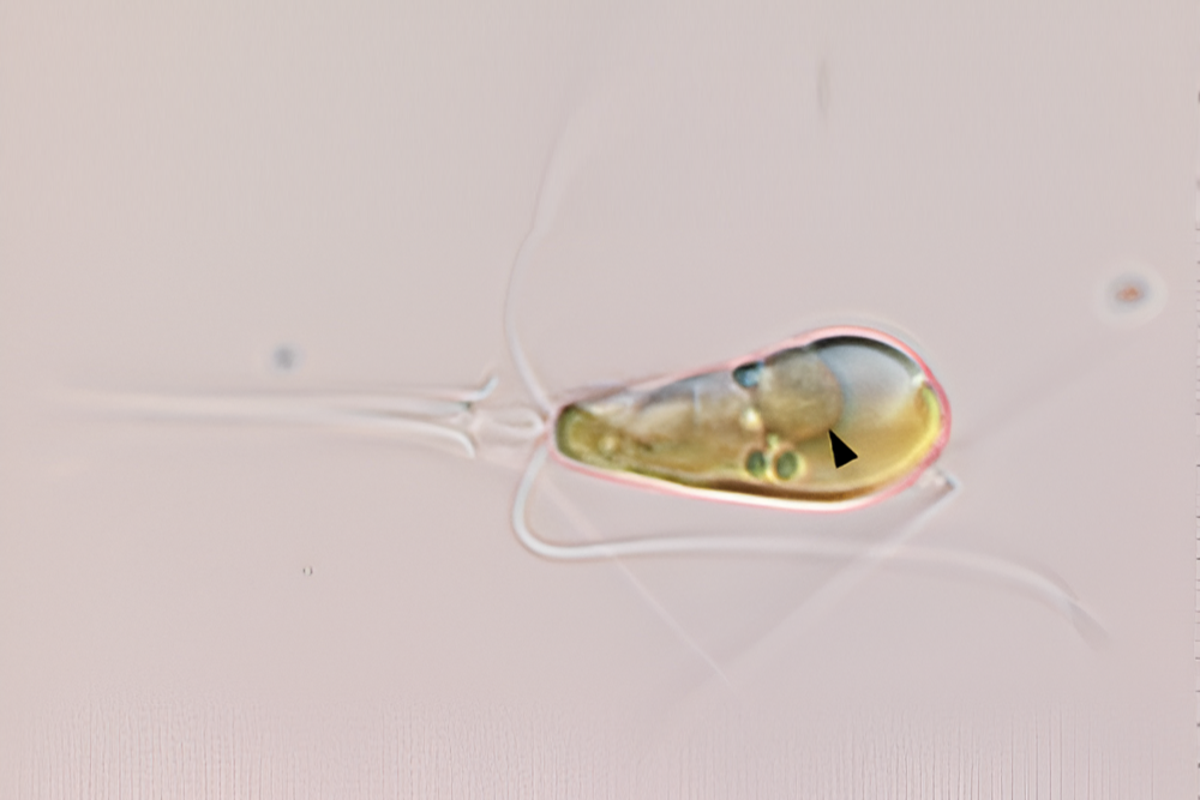Sign up for our Voices Dispatches email to receive a full digest of the best opinions of the week. You can also subscribe to our free weekly Voices newsletter to stay updated on all the latest insights.
An international team of scientists has observed a rare evolutionary phenomenon, where two life forms have merged to form a single organism through primary endosymbiosis. This is the first time in a billion years that this has happened, and it has only occurred twice in Earth’s history. The result is the formation of complex life forms like mitochondria and plants.
Tyler Coale, a postdoctoral researcher at the University of California, Santa Cruz, led the research that uncovered this unique event. He explained how previous instances of primary endosymbiosis led to the diversity of life we see today. In this case, an algae species engulfs a bacterium, providing nutrients and protection in exchange for new functions like nitrogen fixation. This symbiotic relationship results in the bacterium becoming an organelle within the algae, essential for its survival.
The scientists involved in the research published their findings in prestigious scientific journals. This discovery not only sheds light on evolution but also has the potential to revolutionize agriculture by engineering similar organelles into crop plants.
